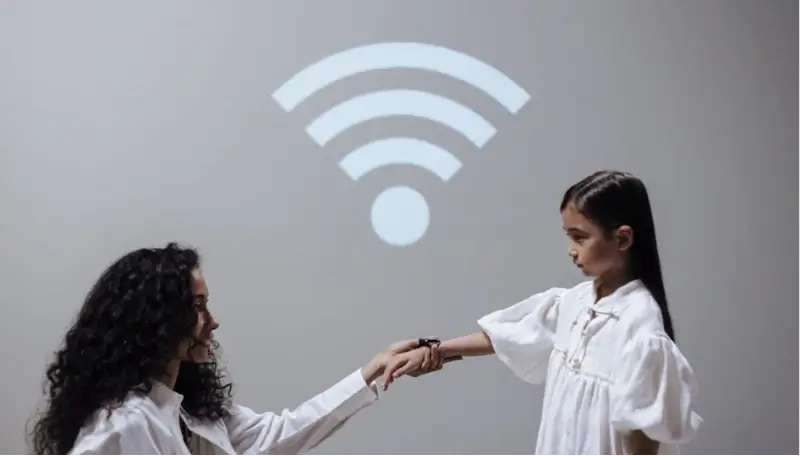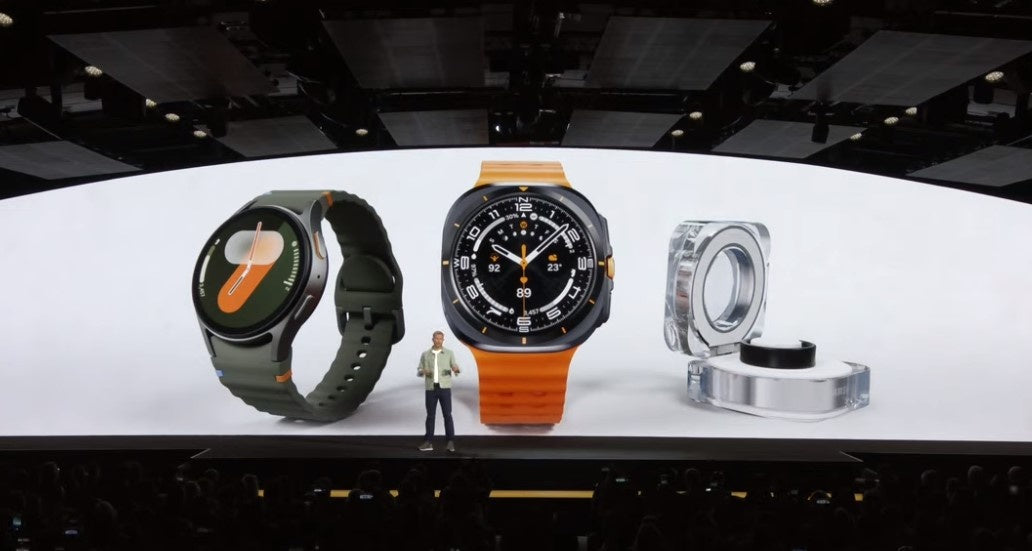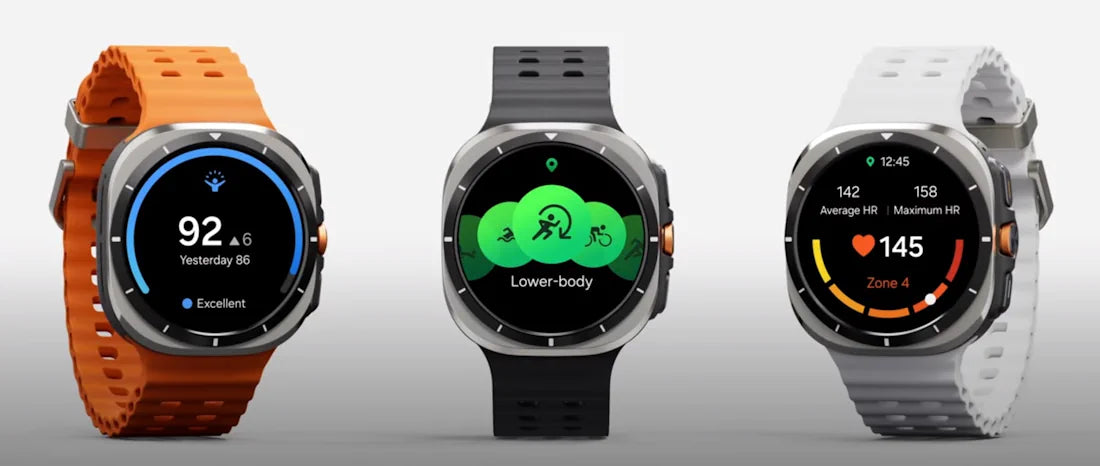How Does a Smartwatch Work?
A smartwatch is a digital, intelligent version of a traditional watch, often called a "smartphone for your wrist." Equipped with a built-in computer and operating system, it offers far more than just telling time. In this blog, we explore how a smartwatch works and its key components.
Smartwatch vs Traditional Watch
A traditional watch typically displays the time, sometimes with the date or day. A smartwatch goes much further, allowing you to make calls, view notifications, and access a range of features. Unlike mechanical or quartz watches, smartwatches rely on an operating system, such as Wear OS or watchOS, and usually require a smartphone connection to unlock their full potential. While some mimic classic watch designs, most have a modern, tech-forward appearance.
Key Components of a Smartwatch
Several essential components enable a smartwatch to function effectively:
Hardware
Like any digital device, smartwatches rely on specific hardware components:
| Component | Function |
|---|---|
| Processor | Handles all tasks and calculations. |
| Display | Touchscreen display for showing information. |
| Battery | Rechargeable battery powers the device; lifespan varies by model. |
| Sensors | Includes heart rate monitors, gyroscopes, GPS, and accelerometers for tracking. |
| Connectivity | Bluetooth, Wi-Fi, and optional LTE for mobile network connectivity. |
Operating System
A smartwatch’s operating system is its backbone, managing hardware and enabling apps. Common systems include watchOS (Apple), Wear OS (Google), and Tizen (Samsung). The OS ensures seamless interaction between the user, apps, and hardware, acting as the link that makes the smartwatch functional.

Features
The operating system powers a variety of features, which vary by model but often include:
- Time: Displays the time with customizable watch faces showing date, heart rate, or other data.
- Fitness Tracking: Monitors speed, steps, and distance during workouts.
- Health Tracking: Tracks heart rate, sleep quality, and other health metrics.
- Notifications: Shows smartphone alerts for texts, calls, emails, or apps like WhatsApp and Instagram.
- Navigation: Uses GPS for route tracking during walks or bike rides.
- Voice Assistants: Supports Siri, Bixby, or Google Assistant for voice commands.
- Contactless Payments: Enables payments via NFC, such as with Apple Pay or Samsung Pay.
Interface
Most smartwatches feature a touchscreen interface, allowing you to tap or swipe to access functions, similar to a smartphone. Some models also include physical buttons or crowns for navigation, while others combine touchscreens with buttons or voice control. A touchscreen is recommended for its fast, intuitive operation, especially for users familiar with smartphones.
Frequently Asked Questions
Can You Use a Smartwatch Without a Smartphone?
Most smartwatches require a smartphone for full functionality, but some with built-in eSIM cards (e.g., 4G, 5G, or LTE models) can operate independently.
Do You Need a Subscription for a Smartwatch?
LTE smartwatches with eSIM cards require a mobile data subscription from a provider, but standard models do not.
What Can You Do with a Smartwatch?
When paired with a smartphone, smartwatches let you receive and respond to notifications, make calls, send texts, track fitness, and monitor health metrics.
Conclusion
A smartwatch operates using an operating system, similar to a laptop, and connects to your smartphone to unlock features like:
- Receiving notifications
- Responding to alerts
- Making calls and sending texts
- Monitoring health
- Tracking workouts




Leave a comment
All comments are moderated before being published.
This site is protected by hCaptcha and the hCaptcha Privacy Policy and Terms of Service apply.